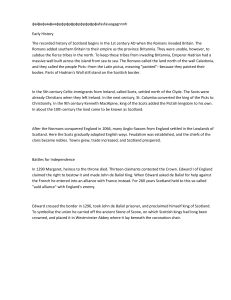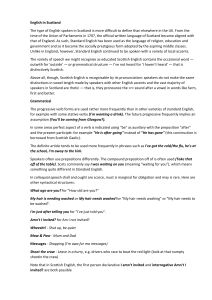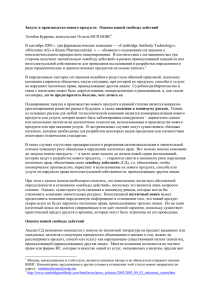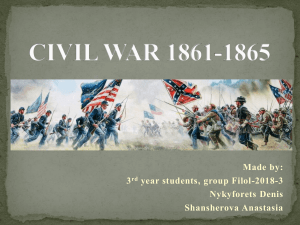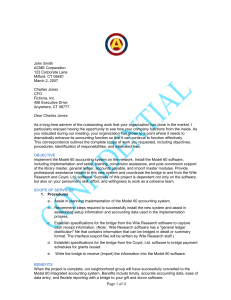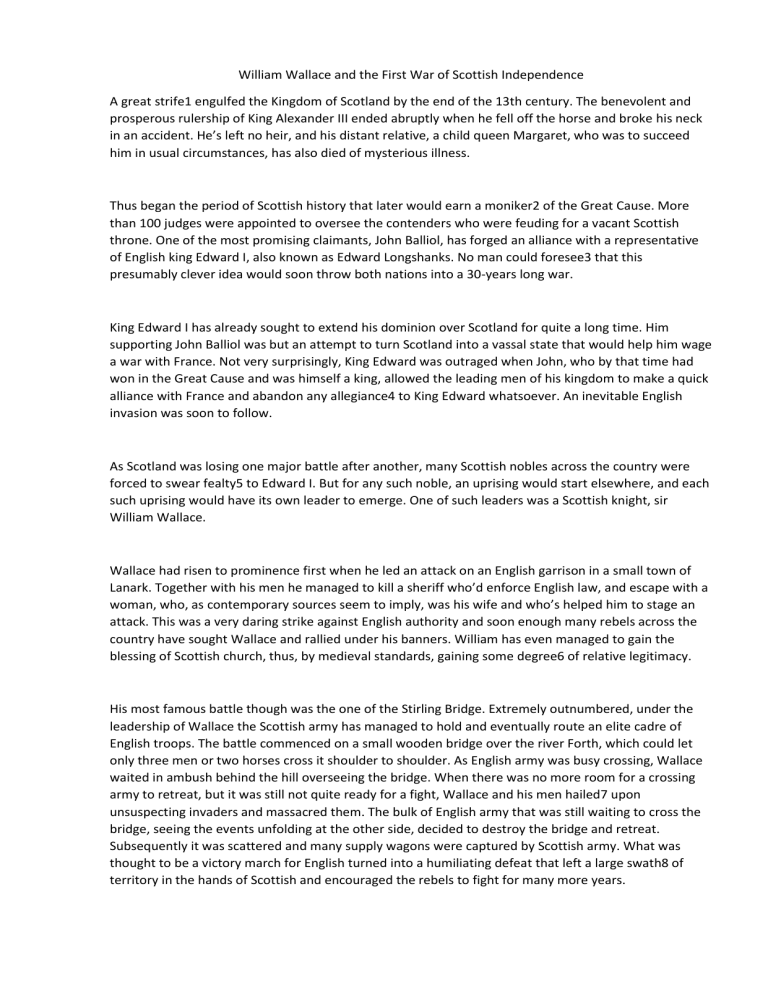
William Wallace and the First War of Scottish Independence A great strife1 engulfed the Kingdom of Scotland by the end of the 13th century. The benevolent and prosperous rulership of King Alexander III ended abruptly when he fell off the horse and broke his neck in an accident. He’s left no heir, and his distant relative, a child queen Margaret, who was to succeed him in usual circumstances, has also died of mysterious illness. Thus began the period of Scottish history that later would earn a moniker2 of the Great Cause. More than 100 judges were appointed to oversee the contenders who were feuding for a vacant Scottish throne. One of the most promising claimants, John Balliol, has forged an alliance with a representative of English king Edward I, also known as Edward Longshanks. No man could foresee3 that this presumably clever idea would soon throw both nations into a 30-years long war. King Edward I has already sought to extend his dominion over Scotland for quite a long time. Him supporting John Balliol was but an attempt to turn Scotland into a vassal state that would help him wage a war with France. Not very surprisingly, King Edward was outraged when John, who by that time had won in the Great Cause and was himself a king, allowed the leading men of his kingdom to make a quick alliance with France and abandon any allegiance4 to King Edward whatsoever. An inevitable English invasion was soon to follow. As Scotland was losing one major battle after another, many Scottish nobles across the country were forced to swear fealty5 to Edward I. But for any such noble, an uprising would start elsewhere, and each such uprising would have its own leader to emerge. One of such leaders was a Scottish knight, sir William Wallace. Wallace had risen to prominence first when he led an attack on an English garrison in a small town of Lanark. Together with his men he managed to kill a sheriff who’d enforce English law, and escape with a woman, who, as contemporary sources seem to imply, was his wife and who’s helped him to stage an attack. This was a very daring strike against English authority and soon enough many rebels across the country have sought Wallace and rallied under his banners. William has even managed to gain the blessing of Scottish church, thus, by medieval standards, gaining some degree6 of relative legitimacy. His most famous battle though was the one of the Stirling Bridge. Extremely outnumbered, under the leadership of Wallace the Scottish army has managed to hold and eventually route an elite cadre of English troops. The battle commenced on a small wooden bridge over the river Forth, which could let only three men or two horses cross it shoulder to shoulder. As English army was busy crossing, Wallace waited in ambush behind the hill overseeing the bridge. When there was no more room for a crossing army to retreat, but it was still not quite ready for a fight, Wallace and his men hailed7 upon unsuspecting invaders and massacred them. The bulk of English army that was still waiting to cross the bridge, seeing the events unfolding at the other side, decided to destroy the bridge and retreat. Subsequently it was scattered and many supply wagons were captured by Scottish army. What was thought to be a victory march for English turned into a humiliating defeat that left a large swath8 of territory in the hands of Scottish and encouraged the rebels to fight for many more years. William Wallace was captured by English knights on August 5, 1305. He was tried by English court, found guilty of high treason and sentenced to be hanged, drawn and quartered. But the First War of Scottish Independence was still fought by many other Scottish patriots throughout the land, and formally ended in 1328 with a treaty that confirmed Scottish independence, almost 25 years after his death.

